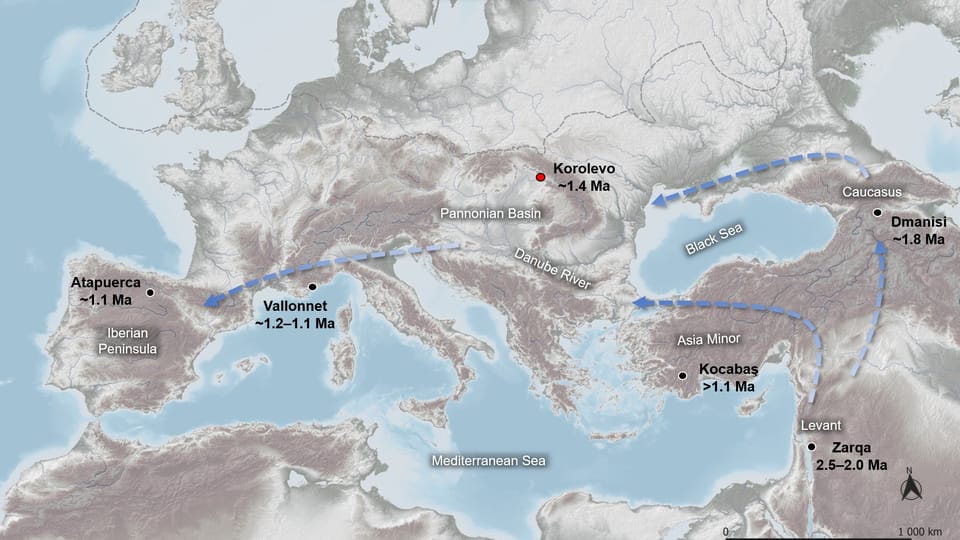
Photo: Roman Garba, GEBCO/Czech Academy of Sciences
The oldest known human settlement in Europe lies in western Ukraine. New findings by an international team of scientists have confirmed the oldest stone tools on the site date roughly 1.4 million years ago. The study, published in Nature, proves that the “first Europeans” entered the continent from the east. I discussed the findings with Roman Garba from the Institute of Nuclear Physics of the Czech Academy of Sciences, who led the research team.
The archaeological site in Korolevo has been known for decades. Why have you only made the discovery now?
“The answer is quite simple. At that time — it was excavated 30 or 40 years ago — the dating methods which we applied, using cosmogenic nuclides, were not yet available. They only appeared around 20 years ago and in archaeology they have only been used for the past 10 or 15 years. So it was not possible to securely date these oldest archaeological layers.”
How exactly did you prove that the oldest known settlement site is at Korolevo?
“The site is located in a quarry, where they exposed a 12- to 14-meter- high profile of loess-paleosol [past soil layers preserved in a geologic section] with stone artefacts. The lowest, seventh layer, consisted of primitive stone tools.
“This layer was created there before the so-called paleo-magnetic reversal, which took place around 800,000 years ago. So it was clear that the bottom layer with the stone artefacts is around one million years old.
See the rest here.

